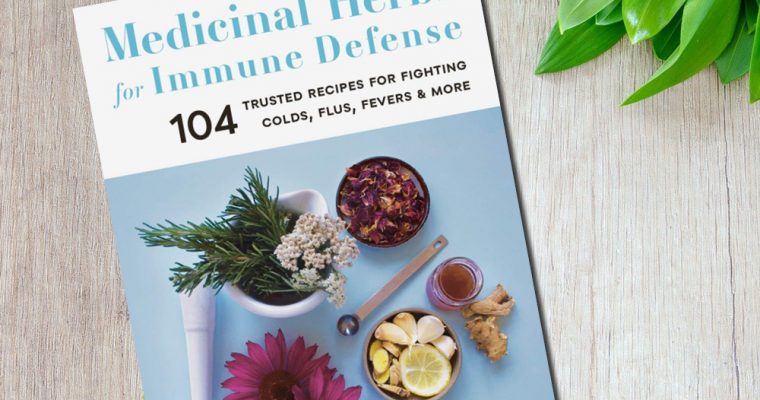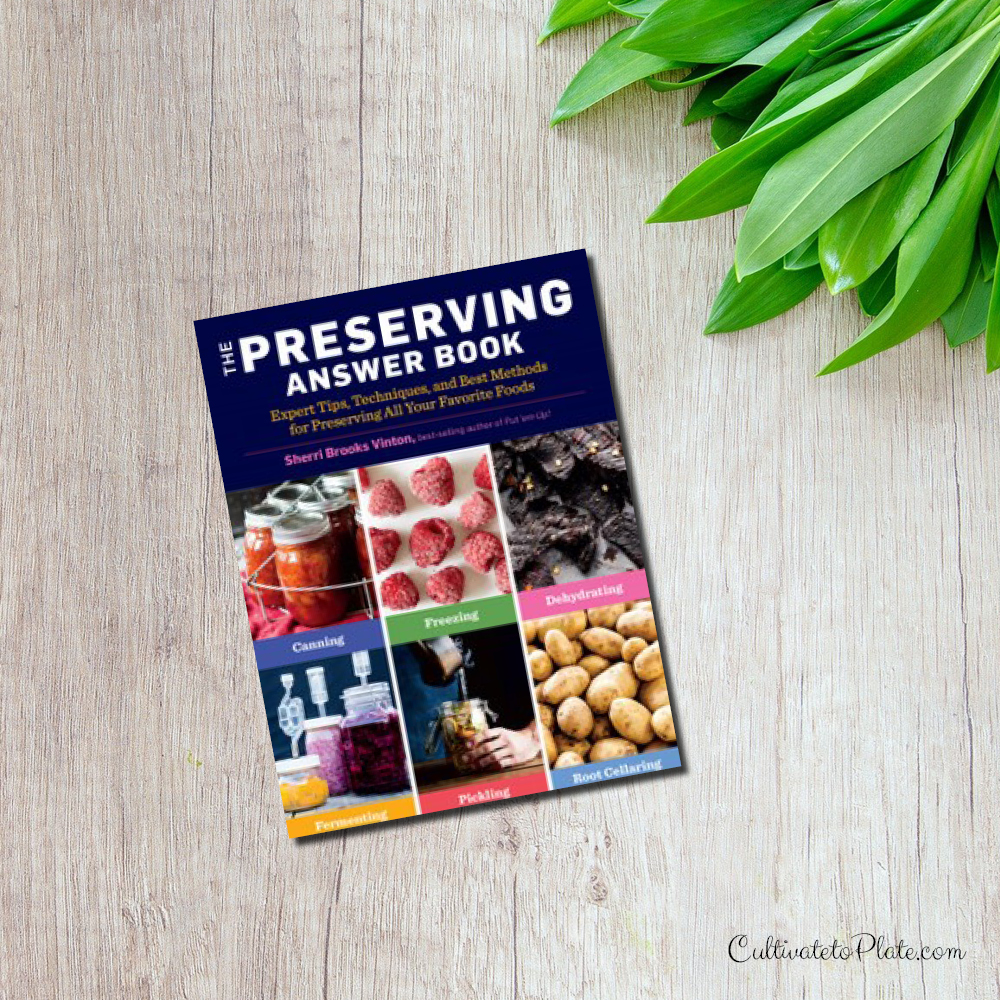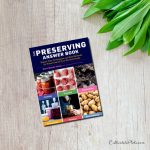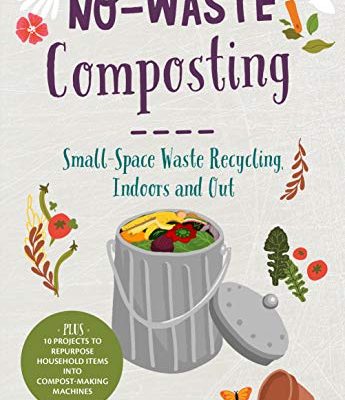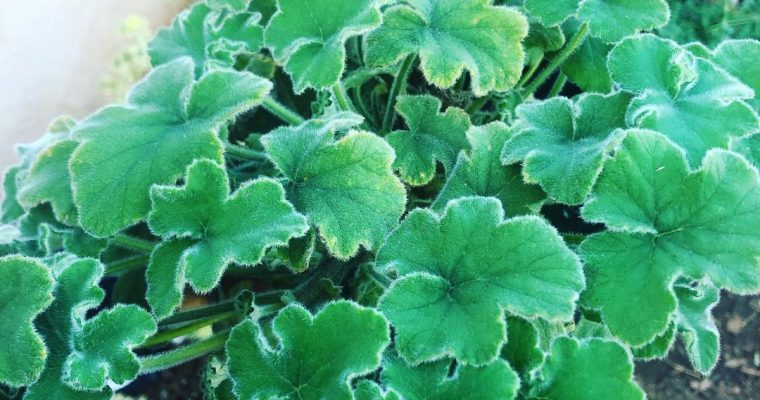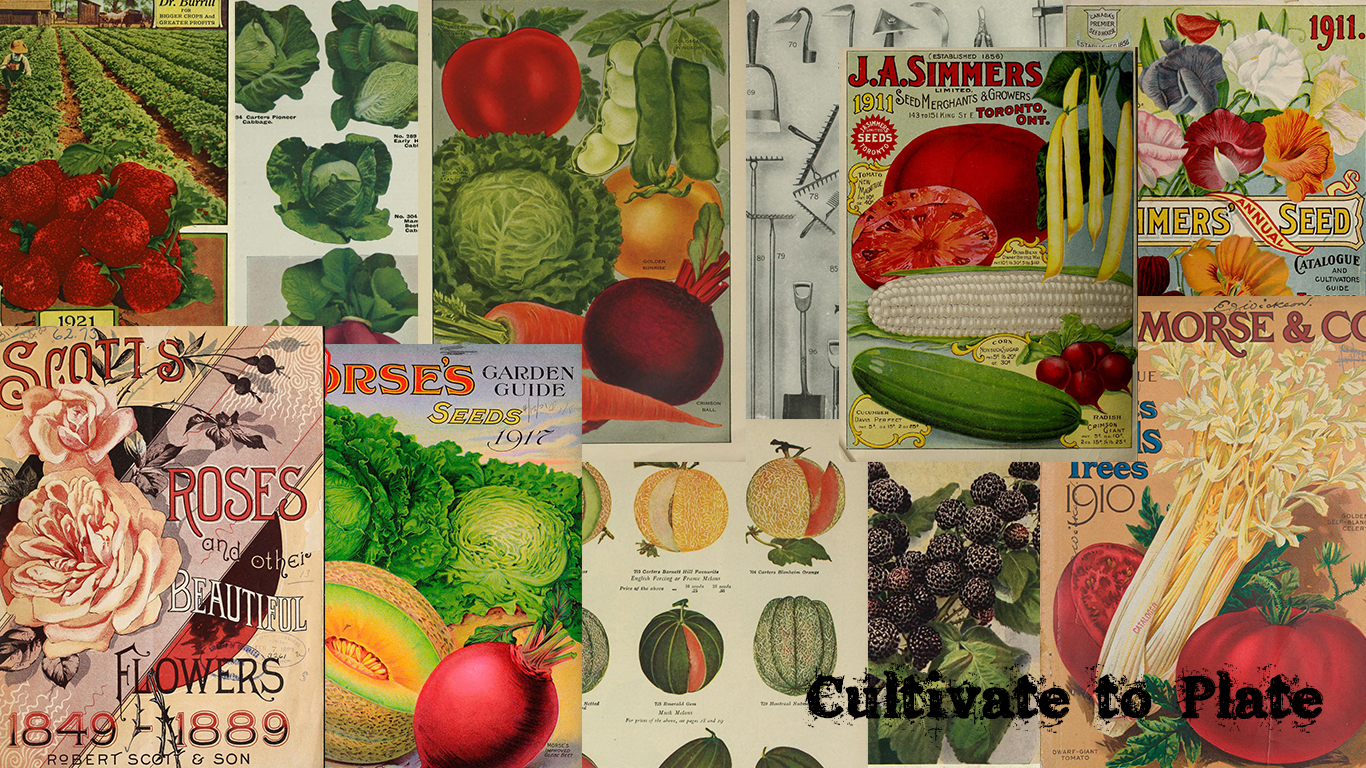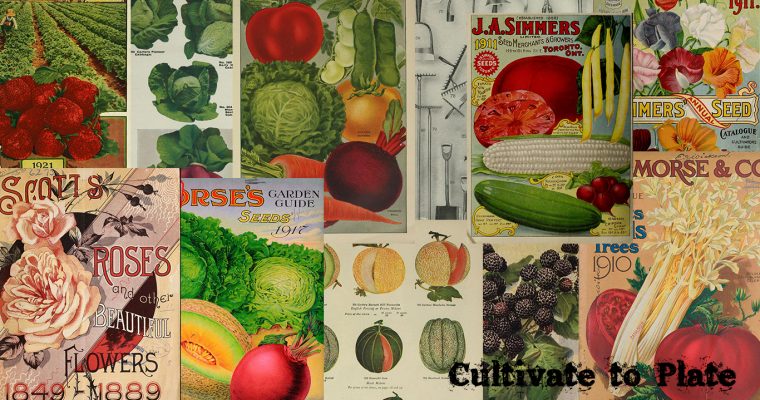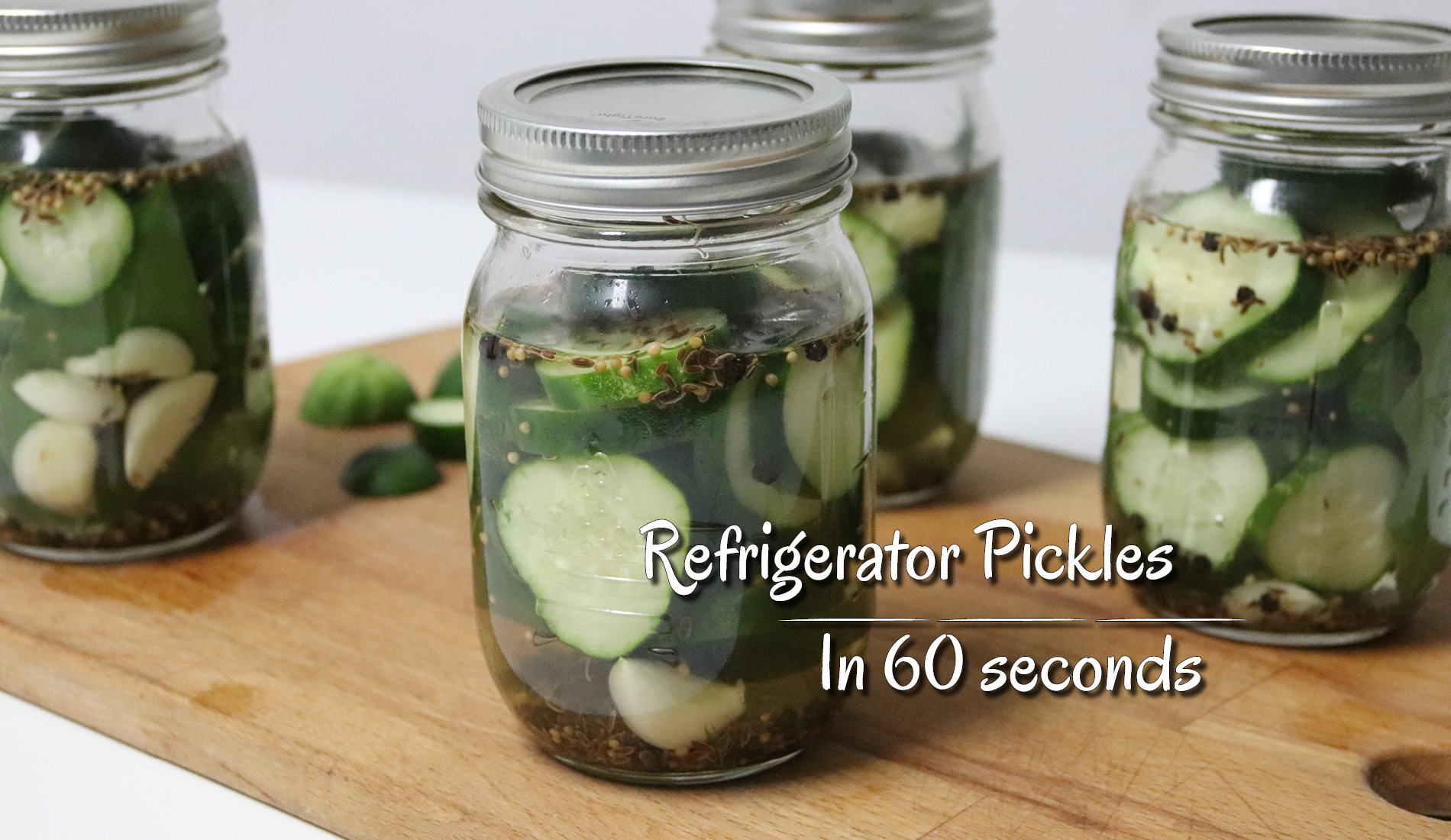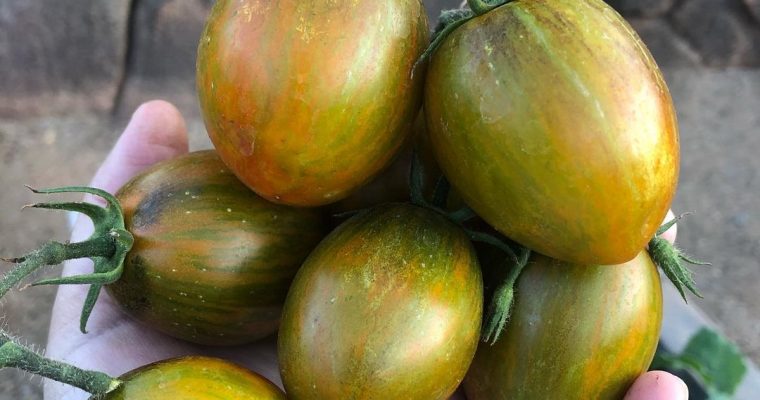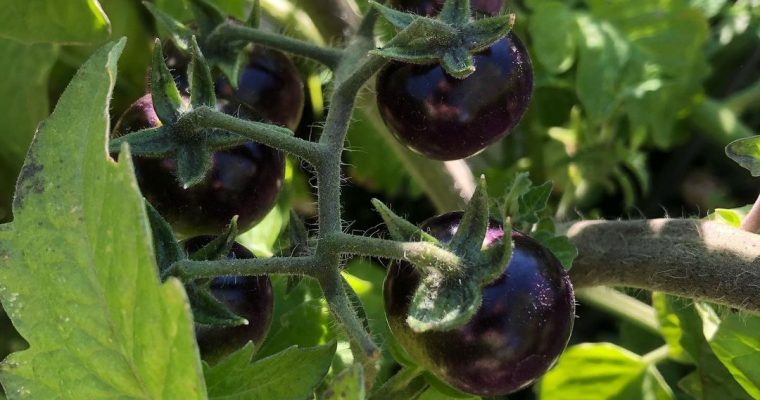The Preserving Answer Book by Sherri Brooks Vinton is filled with many questions related to food preservation as well as definitions to many preservation terms.


The Preserving Answer Book Contents
There are 17 chapters separated into 3 parts:
- Getting Started: the basics of canning with food safety, choosing the best food to preserve, kitchen basics, and preservation tips.
- Preserving Processes: 8 chapters on all preservation methods including canning (boiling-water methods for acidic recipes and pressure canning for nonacidic foods), refrigeration, freezing, drying, fermentation, and infusions.
- Putting Your Skills to Work: this shows how to make things using what you now know including sweet and savory spreads, pickles, sauces, and best ways to preserve vegetables and whole fruits.
Questions are answered all throughout the book and answered in an informative yet conversational manner so it’s easy to digest. I loved the simple recipes and illustrations throughout the book. The canning section was super informative and goes over many things that aren’t suitable for canning, such as chocolate, recipes with lots of oil, dairy, safe ways to store your canned goods, as well as giving a great rundown on pH and acid when it comes to canning.
Vinton also shares her recipe for Peel-and-Pip Pectin – how to make your own pectin, a very nice recipe to have in your recipe box. Nice when you are interested in adding nothing but homemade into your homemade jellies. The directions for the preservation methods for refrigeration and freezing are below. Visit the book on directions on how to can the homemade pectin.
Homemade Pectin
From the book: "What did cooks do before they had pectin in a box? They made their own. It's not difficult to do, and the texture homemade pectin brings to your james and jellies is ideal - silky and delicate. The Pectin from this recipe looks like a syrupy liquid. It doesn't reach gel stage until it cooks up with your fruit."
Servings: 1 quart
Author: Renee Shelton
-
4
pounds
underripe tart apples or crab apples
quartered but unpeeled and uncored (you want the apple peels and cores)
-
1
quart
water
-
1/4
cup
bottled lemon juice
-
Mix the apples, water and lemon juice in a large non-reactive pot and bring to a boil. Reduce the heat and simmer for 1 hour, uncovered, stirring occasstionaly to prevent scorching.
-
Line a colander with a triple layer of cheesecloth and set this over a large bowl. Gently pour the all of the apple mixture into the cheesecloth. Allow the apple mixture to drain like this for 3 to 4 hours until all the juice has been relieced. DO NOT press on the fruit or you will cloud the liquid. Use the pectin immediately or preserve it for later.
To Preserve the Homemade Apple Pectin:
-
Refrigerate: Ladle the pectin into bowls or jars, and cover and refrigerate for up to 5 days.
-
Freeze: The pectin many be frozen up to 6 months, but freezing will weaken the pectin slightly. If you freeze the pectin, plan on using 1/3 more pectin in your recipes for the same gelling effect as the refrigerated pectin.
Note: this recipe was adapted from The Preserving Answer Book.
Book Info:
Disclosure: This book was provided by the publisher and any opinions are my own. Any affiliate links help to support this site, thanks.

